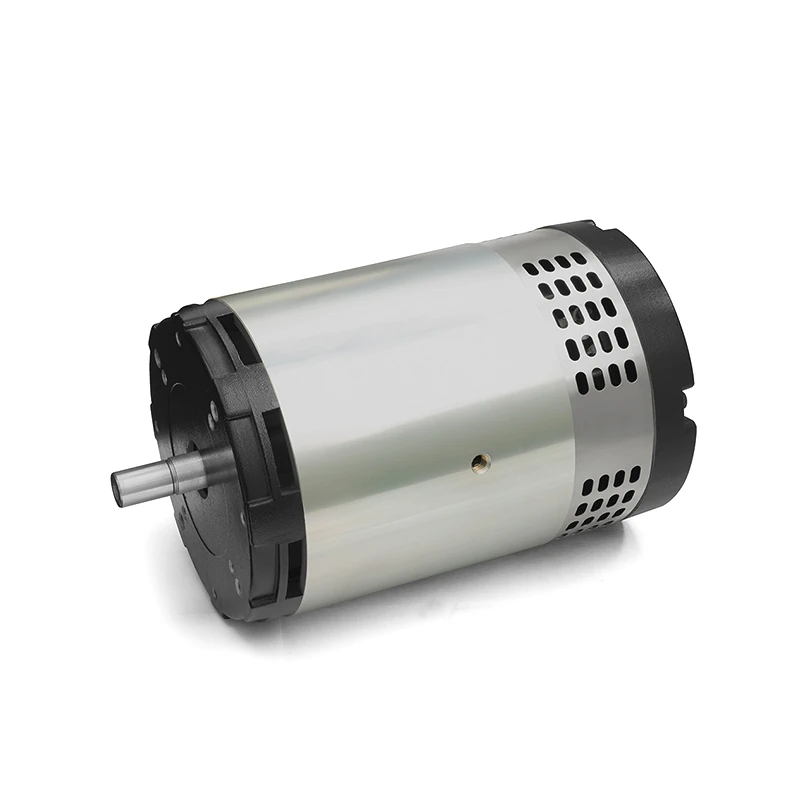When the brushes of a brushed DC motor exhibit signs of wear, sustain damage, or become dirty, it is crucial to take immediate action to preserve the motor's optimal electrical connection with the commutator and to keep the motor running efficiently. Here are the steps to follow:
Ensure Safety: Before working on the motor, disconnect it from the power source to prevent any accidental activation. Implement the necessary safety measures, such as lockout/tagout, to maintain a safe working environment.
Inspect the Brushes: Access the motor's interior by removing any protective covers and carefully examine the brushes for uneven wear, breakage, or dirt. Look for telltale signs like frayed ends, chipped material, or embedded foreign objects.
Clean the Brushes and Commutator: If contamination is present, use a gentle brush, air pressure, or an appropriate cleaning fluid to clean the brushes. Also, clean the commutator with a special stone or fine sandpaper to remove any carbon build-up, ensuring a smooth surface for contact.
Replace Worn Brushes: If the brushes are excessively worn or damaged, they need to be replaced. Carefully remove the old brushes, noting their correct positioning. Install new brushes that match the specifications provided by the motor's manufacturer, ensuring they are correctly seated and aligned with the commutator.
Adjust Brush Pressure: Verify and adjust the spring tension of the brushes to guarantee they have the right amount of pressure against the commutator, which is vital for good electrical contact and longevity.
Regular Maintenance: Establish a routine for checking brush condition and performance. Keep records of brush changes and use this data to predict when replacements will be due, which helps in preventing damage to the commutator and keeping the motor efficient.
Reassembly and Testing: After maintenance, reassemble the motor components and perform a test run to confirm that the motor is operating correctly. Pay attention to the motor's speed, torque, and electrical current to ensure that the brush changes have been successful.
Preventive Maintenance Program: Include regular brush inspections and maintenance as part of the motor's overall preventive maintenance plan. This proactive approach helps to minimize unexpected downtime and extends the motor's lifespan.
Documentation: Keep thorough records of all brush maintenance activities, including the dates of inspections, cleaning sessions, and replacements. Note any patterns in brush wear and any challenges faced during maintenance to assist with future troubleshooting.
Seek Expert Advice: If you are uncertain about any part of the brush maintenance process, it is advisable to seek guidance from a professional electrician or motor technician.
By following these steps, you can ensure the continued reliable operation of your brushed DC motor.




